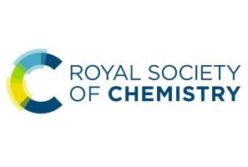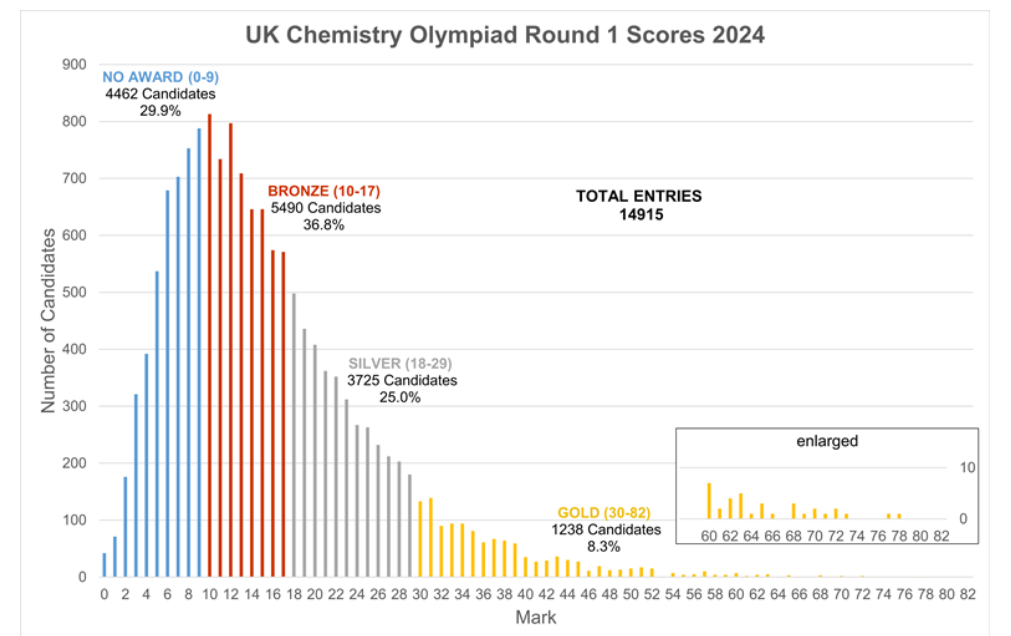英国化学奥林匹克竞赛(UKChO)由英国皇家化学学会(RSC)主办。英国皇家化学会(RSC)总部位于伦敦和剑桥,是世界上最具影响力的化学组织之一。
UKChO在一个175年历史的非盈利组织RSC的带领下,已经发展成为英国历史最久、学术最强、影响力最大的高中化学竞赛,旨在为优秀高中生提供一个校内化学课程的延伸,培养他们的化学思维与能力,为进一步大学学术性学习和研究做好准备。
一、竞赛规则
参赛对象:10-12年级
报名时间:每年11月中旬
考试时间:次年1月下旬(具体时间待官网公布)
报名方式:可以线上或线下报名。
线上:在ASDAN中国官网报名,个人考试是不能报名的。
线下:学校集体组织报名,与 ASDAN 中国办公室沟通统一报名注册和缴费。
竞赛语言:英语
竞赛形式:笔试,5-6道分析简答题,每道大题有 3-10 个小题
竞赛题型:
题型设计紧密结合现实生活、科研和热点,大多以顶级化学期刊上的原创论文为背景。所有试卷都会寄回英国进行评分,由RSC指定考官进行评判阅卷,保证最大公平性。
竞赛内容:
竞赛涉及的化学内容非常广泛,包括有机化学、物理化学、无机化学、生物化学、分析化学和光谱学。这其中的大部分知识是学生在高中课堂中学习过的,但是奥林匹克竞赛需要学生对这些知识之间的联系,以及它们在现实世界中的应用有更深入的理解。
二、参赛价值
UKChO竞赛的题目设计紧密结合现实生活、科研和热点,有深度和广度,鼓励学生将所学的化学知识用于生活中,提高学生的解决问题的能力和创新能力。此外,比赛难度较大,需要具备A-level、IB或者等同的化学知识储备,并且考试中很多部分的知识点是校内化学课程的延伸。
通过参与UKChO竞赛,学生可以接触到前沿的化学研究和应用,了解科学研究的过程和方法,从而激发对化学的兴趣和热情。同时,竞赛题目通常基于现实的科学研究或生活应用情境,可以帮助学生深入了解化学,更好地发现自己的兴趣。
参与UKChO竞赛并取得好成绩,对于申请英国和美国等国家的高等学府具有很大的帮助。这些大学通常对具有科研能力和创新思维的学生更为青睐。此外,UKChO成绩甚至可以直接提交给大学作为申请者竞赛实力的证明。








